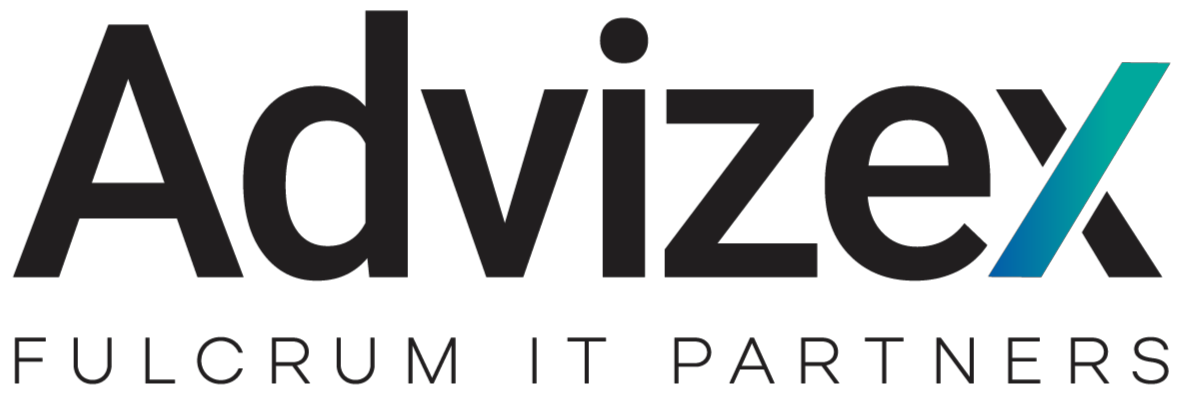For businesses moving to remote work, choosing between technology options can feel overwhelming and complex. Should we host video calls on Zoom? Manage projects on Asana? Chat with co-workers on Slack? Share files on Google Drive?
Microsoft Teams combines all these features in one easy-to-use platform – and offers so much more.
What Is Microsoft Teams?
After using this platform for about a year, the thing I hear people say the most often is, “I didn’t know you could do that in Teams.” Most managers have no idea the true power Microsoft Teams offers.
Released in 2017, Microsoft Teams is a communication and collaboration hub that offers workplace chat, secure video calling, file sharing, and more. The best part? If you’re using Microsoft Office 365, you already have access to Teams.
Not only does Teams come with all these capabilities, but it also offers features to help you better manage your time and improve communication with your employees. I started using Microsoft Teams and it’s transformed the way I manage my staff. ‚ñæ
Teams Saves You Time and Increases Efficiency
Before I started using Teams, I would spend several hours a week meeting with each of the 10 engineers on my staff to discuss their availability. These one-on-ones not only took up hours of my time but often interrupted the flow of the workday for my employees.
Microsoft Teams made it easy to gather the information I needed quickly and easily. I used the Forms tab to set up a reoccurring questionnaire. Now, the engineers spend less than a minute filling out questions about their availability and utilization for the coming week. Responses are stored in my dashboard, so I can conveniently access the details whenever I need them.
I estimate using Microsoft Teams has saved me about an hour a day. In an average year of work, that’s 260 hours – over 32 full workdays – reclaimed just by utilizing these time-saving functions.
Teams Improves Your Workflow and Communication
Often managers can’t immediately answer the question, “Who’s available to work on this project next week?” With Microsoft Teams, I know which employees are working on different tasks and who’s available for new projects at a glance.
In the Planner tab, I was able to set up a workflow and assign tasks to different team members. With just a quick look, I can see the status of any project from “scheduled” to “completed.” Before using Microsoft Teams for project management, I was organizing all this information on a spreadsheet with dozens of back-and-forth emails and time-consuming phone calls. Now, Teams manages everything for me.
The response from my staff has been overwhelmingly positive. Teams not only saves me time – it saves them time. We no longer spend hours in mandatory meetings gathering redundant information. Now, when we do talk, we’re coming together to share essential news. It’s quality – not quantity – communication.
Teams Helps Your Business
You can host live meetings for as many as 10,000 participants. Chat with co-workers around the world. Edit Microsoft Word, Excel, and PowerPoint documents in real time. Add a custom background to your video calls. Your team can do all this and more with Microsoft Teams.
Microsoft Teams also supports compliance with HIPAA, which is why it’s an excellent option for those in the healthcare industry. And, with the demand for secure online classrooms and distance learning, Microsoft Teams is a growing choice for the education sector, too.
Interested in how to use Microsoft Teams? Already have Microsoft Teams, but concerned you’re not using it to the fullest advantage? We can help you get Teams up and running and optimized for your organization.
